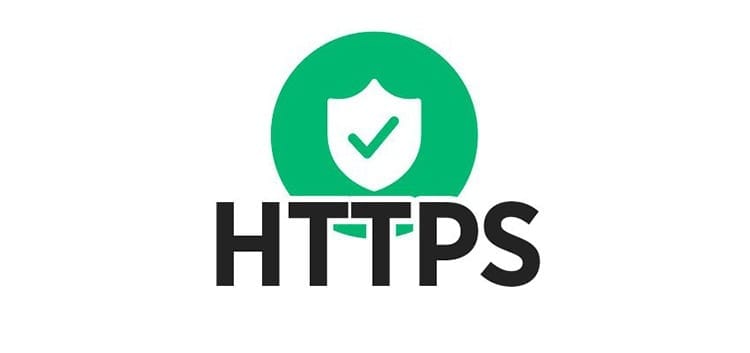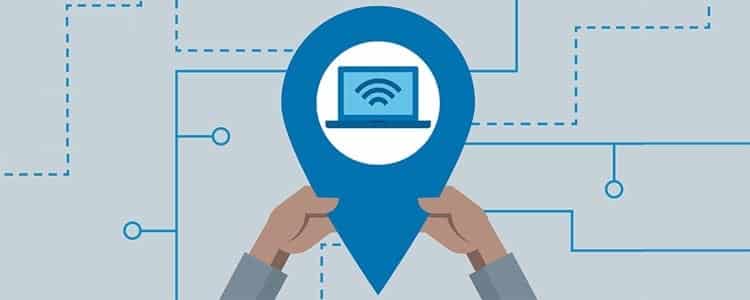PhishingHave you ever heard that word? If you do not know a little about the world of the Internet, you may not be familiar with terms such as malware, trojan and phishing, but it is important to know what they mean and why they can be a big problem for us.
All of these terms are related to computer viruses and techniques to obtain information from computers and/or the people who use them. This information can be files (generally images and videos for which they then ask for 'ransoms'), personal data, webcam images and sound and, sometimes more worrying for people's finances, bank and credit card details. .

How it sounds. It can be very worrying for users, who are often unaware that someone can steal their information in many different ways. For this reason, it is important to be aware of what is happening, and how to identify and avoid these problems that the network has brought to computers in all homes.
Article Content
What is Phishing
Phishing is the term used in the computer world to identify a identity impersonation. They generally use social engineering to obtain information from the same people, instead of extracting it as happens with viruses and malware.
Is named phisher to the person who uses this technique to extract information from people. Basically, a phisher is responsible for impersonating the identity of a trusted person, company or service. In this way, through email, instant messaging, text messages or other means, it contacts a person in order to extract information that may be of value.
Generally people fall for these techniques through email. The pisher sends an email to a user, using information such as services to which said email address is subscribed, posing as said service. In this way, it indicates that an error has occurred with a surcharge, that data leaks have occurred, or that said information must be added again. This is how the victims provide your personal information again, such as document numbers, contact details and bank details. But instead of offering them to the trusted site, they are doing it to an unknown person who just wants steal said information.
In order to do this in the most credible way possible, phishers are responsible for setting up a website with an identical or similar appearance, so that victims cannot suspect these sites. This is how they offer their personal information without doubting that they are doing it to the service they know personally.
How to identify cases of Phishing
Despite already being in a year in which the vast majority of people navigate the world of the Internet with great ease, and are already aware of these practices, there are still cases of phishing. It may still be strange to see them, but there are still many people who are not familiar with the topic and can be victims of it, including you.
Fortunately, there are many ways to Identify Phishing easily. Here we are going to show you some of the parameters that attackers cannot control as if they were from the legitimate company, so they can be identified and thus avoid being victims of phishing.
By email/sender address
All companies have their own email addresses. For example, if your bank sends you an email, the address will read something like personal@tubanco.com. This way you can easily identify whether or not it is a legitimate email. Any other domain other than that of the entity being identified may be a person impersonating said identity.
This information is found in the same email received. Open the email, click on the sender and identify it. Something similar also happens with text messages (SMS / MMS), instant messages and so on.

For web protection (HTTPS)
Have you already opened the website? Does the address look legitimate? Sometimes there are those who buy a practically identical domain in order to provide greater precision when scamming. At first glance you may not see the differences, so it is not unusual to open a website from email. How do I now identify that it is the legitimate website? Nowadays all sites have HTTPS protection. If that website does not have it, doubt it.
By web address (URL)
As with emails, the URL of the company's website is unique. No two can be alike, so it is enough to identify that the site has the corresponding URL. Again, it is important to make sure it is correct to avoid any surprises. Not only do you have to check that the name of the URL is spelled correctly, but also the domain (mibanco.com It is my bank's website, but mibanco.blog has nothing to do with him).
Common ways to identify Phishing
In addition to the methods to identify potential phishers that we have seen above, there are other things to take into account in order to uncover a suspicious person who is trying to extract information for your personal benefit.
Companies will never ask for your information: On rare occasions a company may request that you provide it with certain information again. Always hesitate when a company or service requests information that you have already provided.
They will request the necessary information through their platforms: On the few occasions when some information may be needed again, this will be provided through the official platform. They will never ask you to send such information via email.
Spelling mistakes? Danger!: No company will send emails with spelling mistakes. It is something elementary if you want to take care of your image. If you have received an email from a company and it is full of errors, it is probably someone trying to 'fish' for information.
Beware of threats: Many people fall into these kinds of traps because of threats. Pay or we will fine you. If you do not add your information you will receive surcharges. It is important to read everything calmly and not fall for threats that may be written in an email. Only collection companies resort to threats, and they do so only to make them pay, since they cannot affect people either but rather intimidate them into paying something unnecessary.
Be careful with the clicks: Some phishers use viruses to obtain more juicy information. Just because you have an antivirus installed on your computer does not mean that you are invulnerable. Be careful where you click and what emails you download. Some files may be infected. Always be wary of anything they ask you to download unless it is something you have requested.

I have been glued to a monitor since a PC fell into my hands in 1997. Now I like to write about everything related to them.
Content writer. Graphic Designer and Search Engine Optimization




